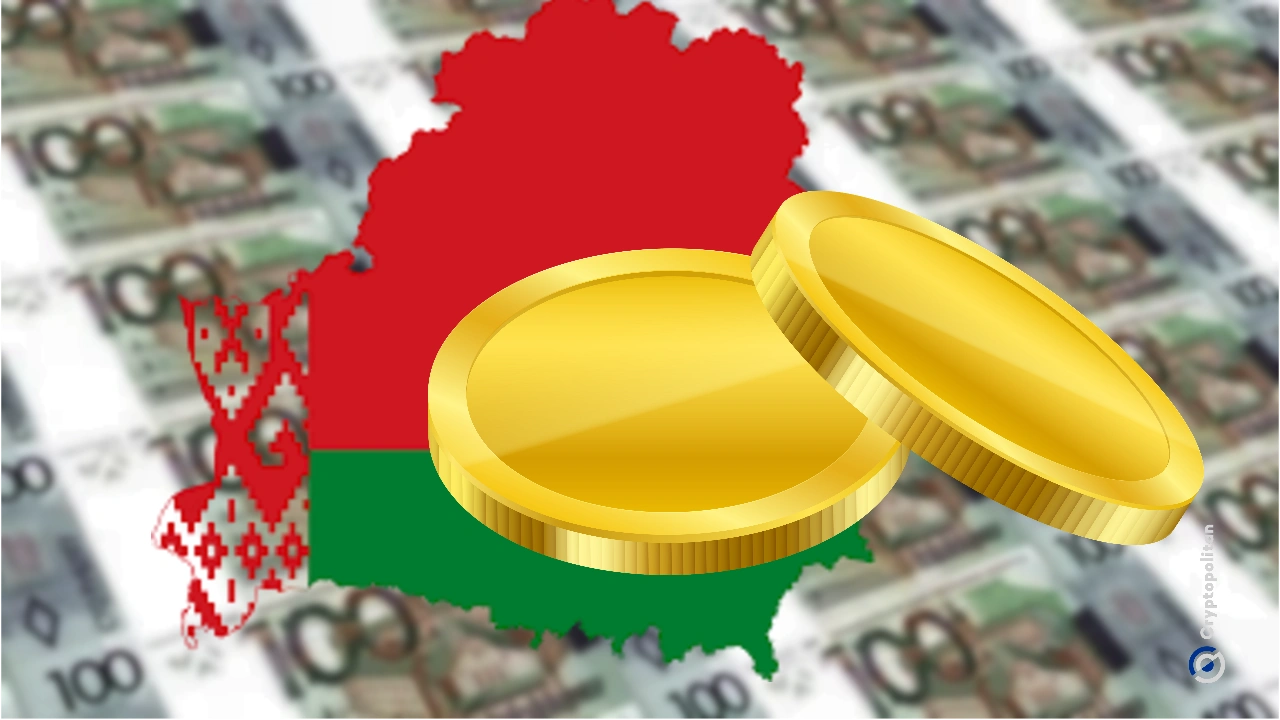Issuing a digital ruble is a government priority in Belarus and the plan is to have it ready by the end of next year, a high-ranking central bank official has indicated.
While “actively working” on its development, the authorities in Minsk are placing an emphasis on one particular feature – the design should allow them to track transactions in the system.
Belarus aims to issue digital ruble currency next year
A digital version of the Belarusian ruble will be launched in 2026, the Chairman of the Board of the National Bank of the Republic of Belarus (NBRB), Roman Golovchenko, promised in an interview with the country’s leading news channel.
“The digital ruble is among our priorities. We are actively working on its creation,” the central bank governor assured, quoted by the state-run BelTA news agency.
Golovchenko, who served as the Prime Minister of Belarus between June 2020 and March 2025, stressed that the main issue that the authorities are facing is how to ensure the safety and security of the assets in the new central bank digital currency (CBDC) system.
“This is about the ‘colorability’ of these funds, as I call it,” Roman Golovchenko elaborated. “That is, for the state, for example, it will be very important to be able to track how digital money passes through the entire chain,” he explained.
Golovchenko outlined three main tasks for the National Bank in that regard. The first one, he said, is to define the specific requirements for the digital ruble platform, then the second – to develop the necessary software.
“And the third task is to create a regulatory framework to determine the rules for its functioning,” the government official highlighted.
The NBRB board chair expects the new digital incarnation of the Belarusian ruble to be in full circulation in the second half of 2026 when businesses will be able to use it. “Our plan is to make it available to both government agencies and individuals by 2027,” Golovchenko added.
Minsk hopes to use its CBDC in cross-border payments
The head of the National Bank of Belarus is convinced that the opportunity to use the CBDC in international settlements is very promising.
“In this regard, by the way, we are very closely cooperating with the Russian Federation, which is also on the path of creating its own digital ruble. But it is very important that these currencies communicate, with each other, so to speak, and that we are able to conduct cross-border transactions,” he said.
“Now, in parallel with the establishment of the infrastructure for the Belarusian digital ruble, we are already working on a joint action plan for the use of these instruments in mutual settlements,” Roman Golovchenko revealed.
Belarus, Moscow’s closest economic, political and military ally, has been dealing with international sanctions and financial restrictions like those imposed on Russia over its invasion of neighboring Ukraine.
The Russian central bank recently delayed the launch of its digital ruble which is now also expected to go into circulation in 2026, according to local media reports.
Risks for the privacy of transactions have been a major concern for critics of digital currencies issued by central banks not just in countries like China, which has already launched a digital yuan, but also in the European Union which is preparing to finalize its digital euro project by the fall.
Cryptopolitan Academy: Tired of market swings? Learn how DeFi can help you build steady passive income. Register Now
















No comments yet